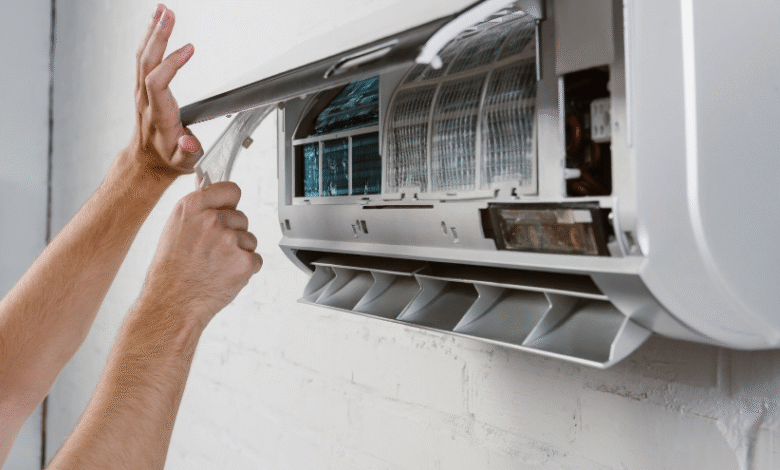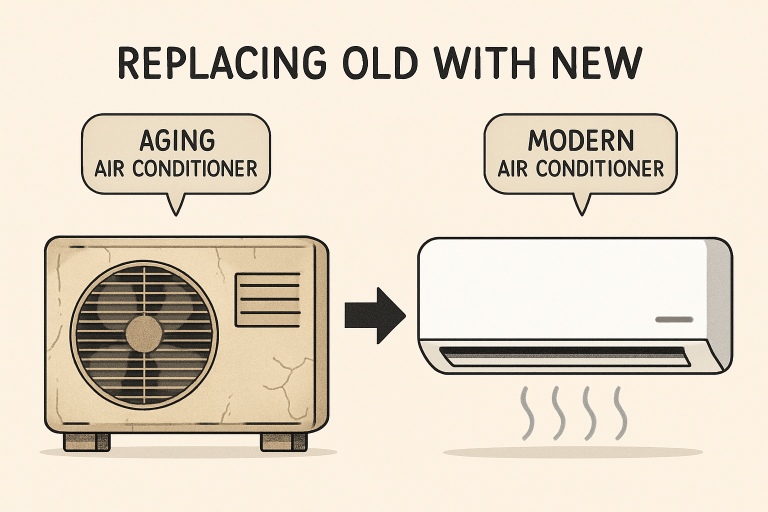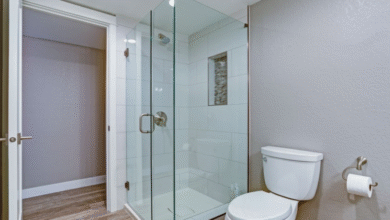Recognizing the Signs: When to Replace Your Air Conditioner

Table of Contents:
- Age of Your Air Conditioner
- Frequent and Costly Repairs
- Rising Energy Bills
- Inconsistent Cooling and Humidity Issues
- Unusual Noises or Odors
- Use of Outdated Refrigerant
- Excessive Moisture or Leakage
- Poor Air Quality
- Conclusion
As scorching summer months approach, a dependable air conditioner is key to maintaining a comfortable indoor environment. However, like all household appliances, air conditioning systems eventually wear down and display clear indicators that they’re nearing the end of their lifespan. Understanding the early warning signs and knowing when to replace your air conditioning unit can help you avoid unexpected breakdowns, reduce long-term costs, and keep your home cool throughout the hottest days.
Promptly recognizing and addressing these signs will not only provide peace of mind but also allow you to upgrade to more energy-efficient and environmentally friendly cooling technology.
Age of Your Air Conditioner
Most air conditioning systems have a general lifespan of 10 to 15 years, even with proper maintenance. Over time, parts wear out, and the technology supporting them becomes outdated. If your unit is approaching or has surpassed this age range, it will likely operate less efficiently, consuming more energy for the same level of comfort. Older air conditioners also lack many features and advancements in modern energy-efficient models. Making the switch before total system failure can save you from complications during the hottest months, when AC technicians are often in high demand.
Frequent and Costly Repairs
An increase in breakdowns, service calls, or ongoing minor repairs indicates that your system might need replacing. If you call for air conditioning repair multiple times each season or if the total cost of repairs begins to climb near 50% of the price of a new unit, replacement becomes a more reasonable long-term investment. Not only will you benefit from warranty protection and new parts, but you can also take advantage of the efficiency gains of newer equipment.
Rising Energy Bills
Comparing your energy usage from previous years is a valuable strategy for assessing your AC’s efficiency. If your cooling bills are rising, but your usage habits haven’t changed, the culprit could be your air conditioner’s waning efficiency. As systems age, they need to work harder, drawing more electricity to achieve the same cooling effect. Energy-efficient advances in newly manufactured units—such as high SEER ratings and improved compressors—make upgrading a fiscally responsible decision for many homeowners.

Inconsistent Cooling and Humidity Issues
Uneven temperature between rooms or persistent humidity problems are commonly linked to an air conditioner struggling to meet demand. Components such as the compressor or fans may fail, or your unit might be incorrectly sized for your space. Inconsistent cooling is more than uncomfortable—it can signal an imminent breakdown if the root issue is left unaddressed. Replacing an outdated or underpowered system can restore reliable comfort to all areas of your home.
Unusual Noises or Odors
All air conditioners make some noise, but grinding, banging, squealing, or rattling sounds are abnormal and can indicate severe internal issues like loose parts, an unbalanced motor, or even mold growth in the ductwork. Similarly, musty or burning odors cause concern, often resulting from electrical problems or material buildup. Ignoring these signs can lead to costly repairs or even hazardous situations, so prompt evaluation is essential. Replacement may be the safest option if the issues are severe enough.
Use of Outdated Refrigerant
Units manufactured before 2010 likely use R-22 (Freon) refrigerant, which has been phased out due to its ozone-depleting properties. As supplies of R-22 become scarcer and more expensive, repairing these older units becomes less practical. Modern AC systems use environmentally friendly, efficient refrigerants that are easier and cheaper to service. If your system depends on R-22, upgrading will protect you from rising repair costs and compliance issues in the future.
Excessive Moisture or Leakage
Moisture buildup or pooling water around your AC unit is abnormal and could indicate a refrigerant leak, a blocked drain tube, or compressor failure. These issues threaten your AC’s operation and your home’s structural integrity. Excess moisture may also promote mold growth or cause water damage. In severe cases, the cost of repairs and potential health risks make system replacement the smarter choice.
Poor Air Quality
A significant change in your home’s air quality—such as increased dust, musty odors, or allergy symptoms—can be traced back to an aging air conditioner with failing filters or inadequate airflow. New AC units feature superior filtration and humidity control, which enhances comfort and helps safeguard your family’s respiratory health. Upgrading ensures cleaner air and peace of mind for years to come.
Conclusion
Staying ahead of these warning signs will prepare you to act before a total system failure leaves you without cooling. By recognizing the symptoms outlined above, you can confidently plan for an upgrade that aligns with your needs and budget, ultimately benefiting from modern technology, reduced energy consumption, and greater home comfort throughout every season.




